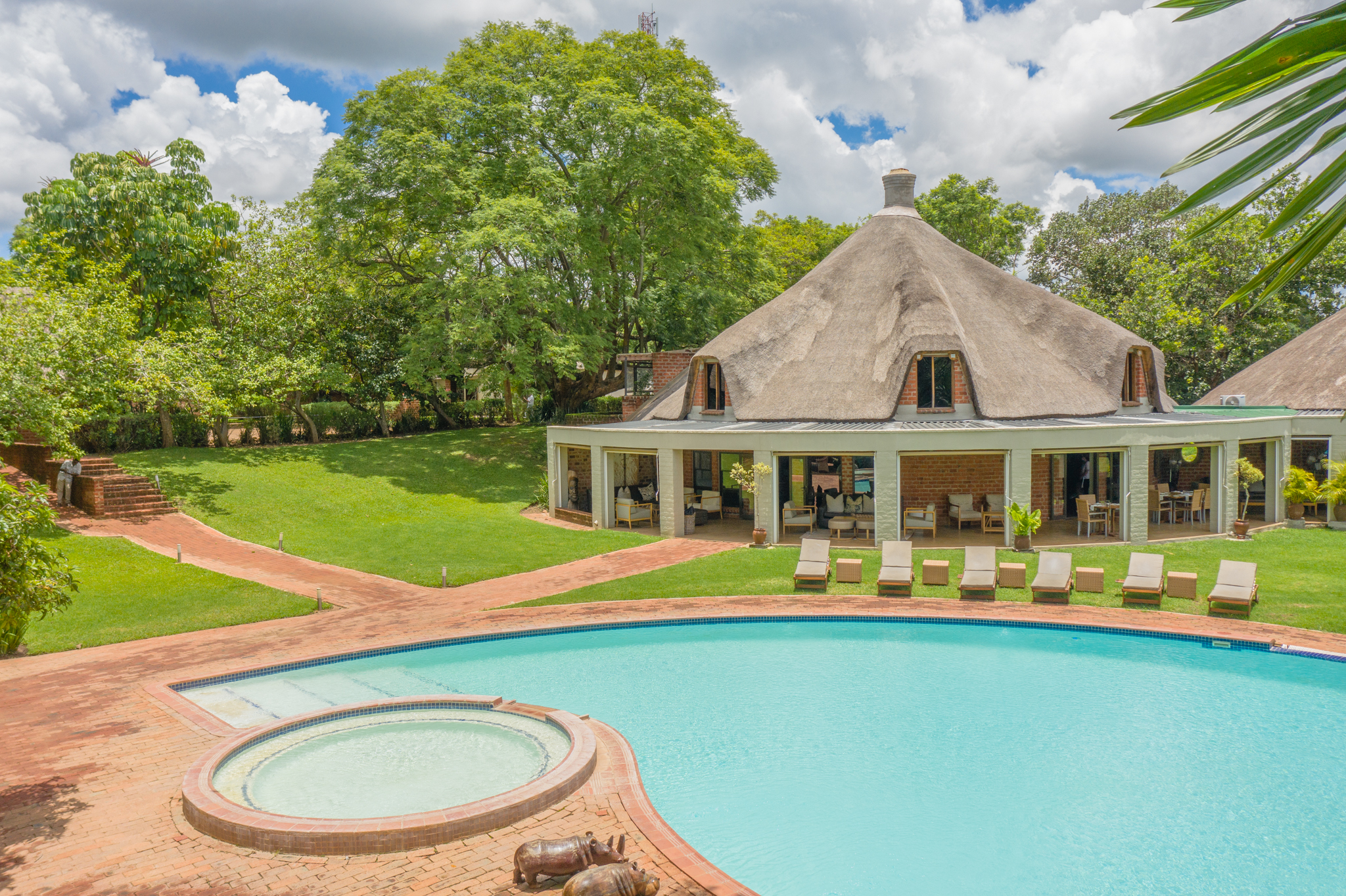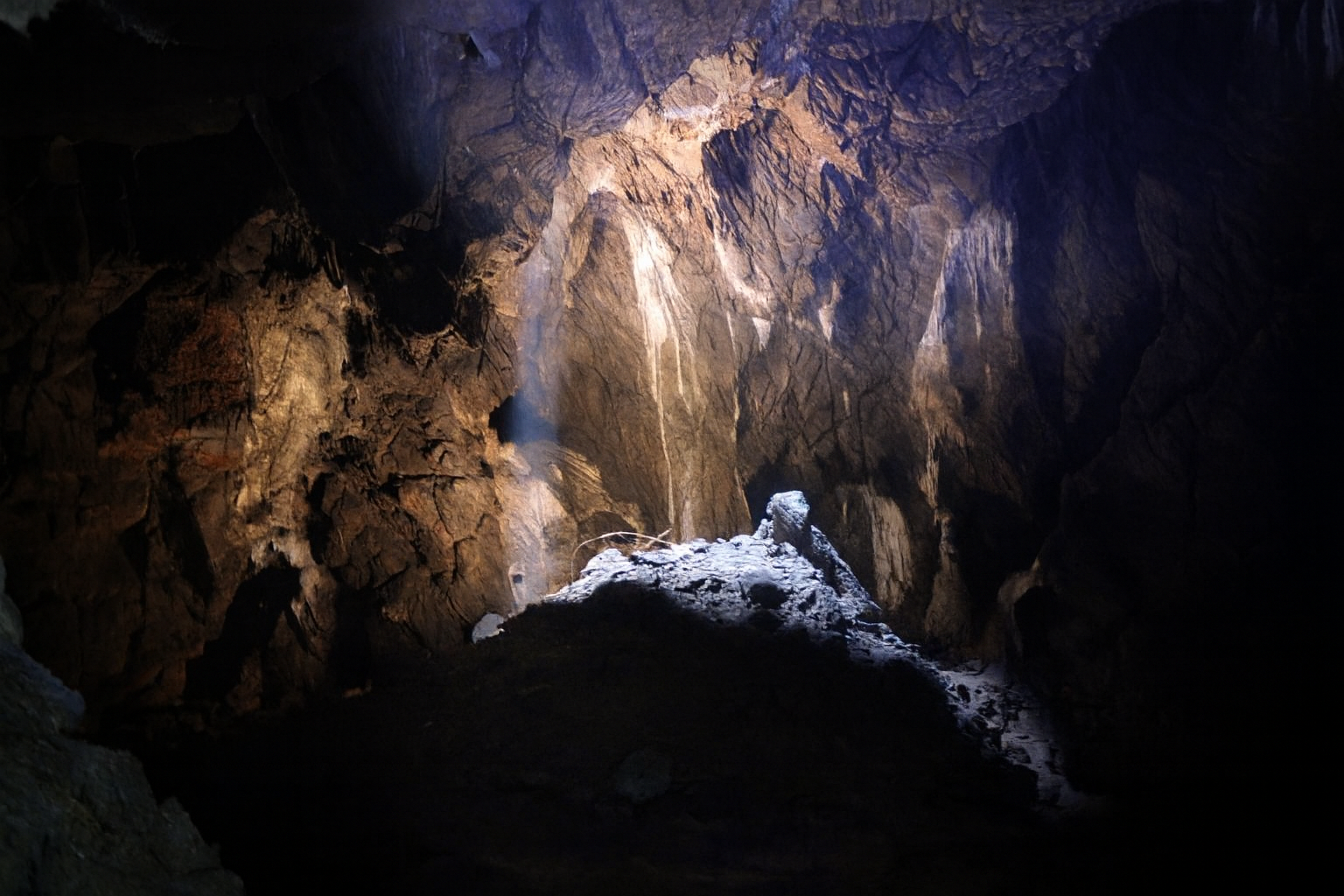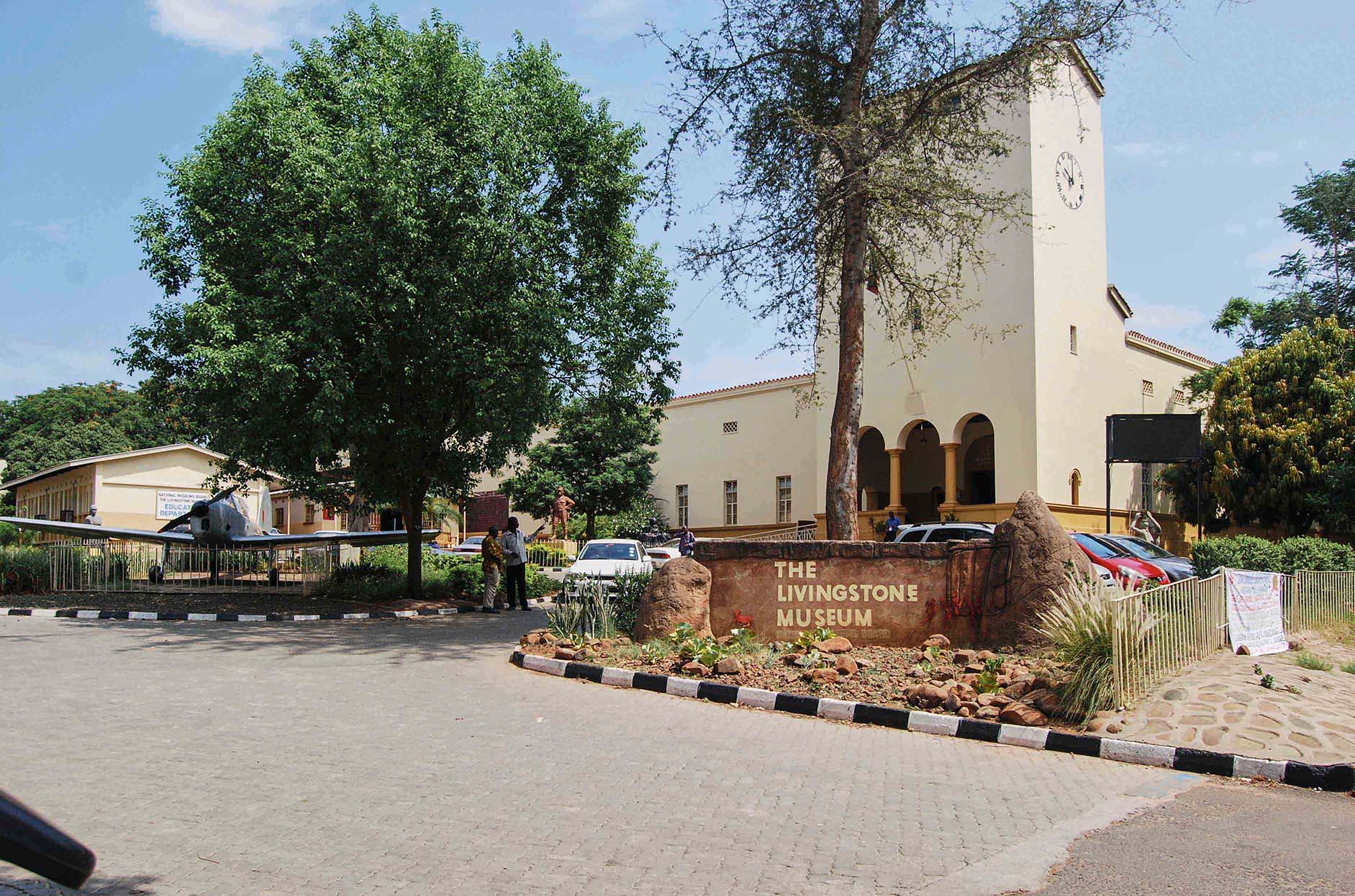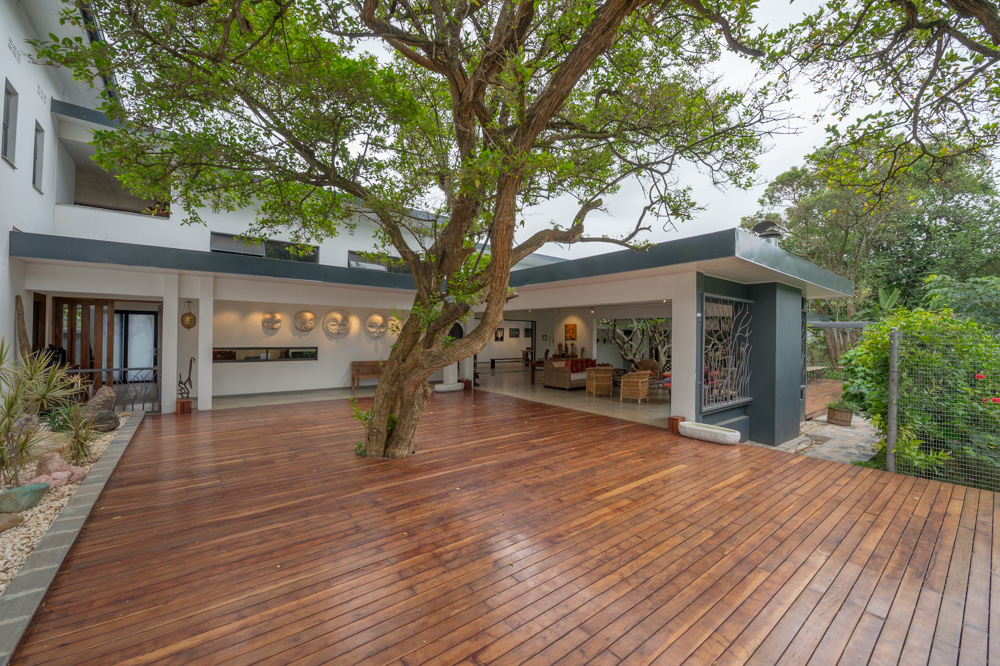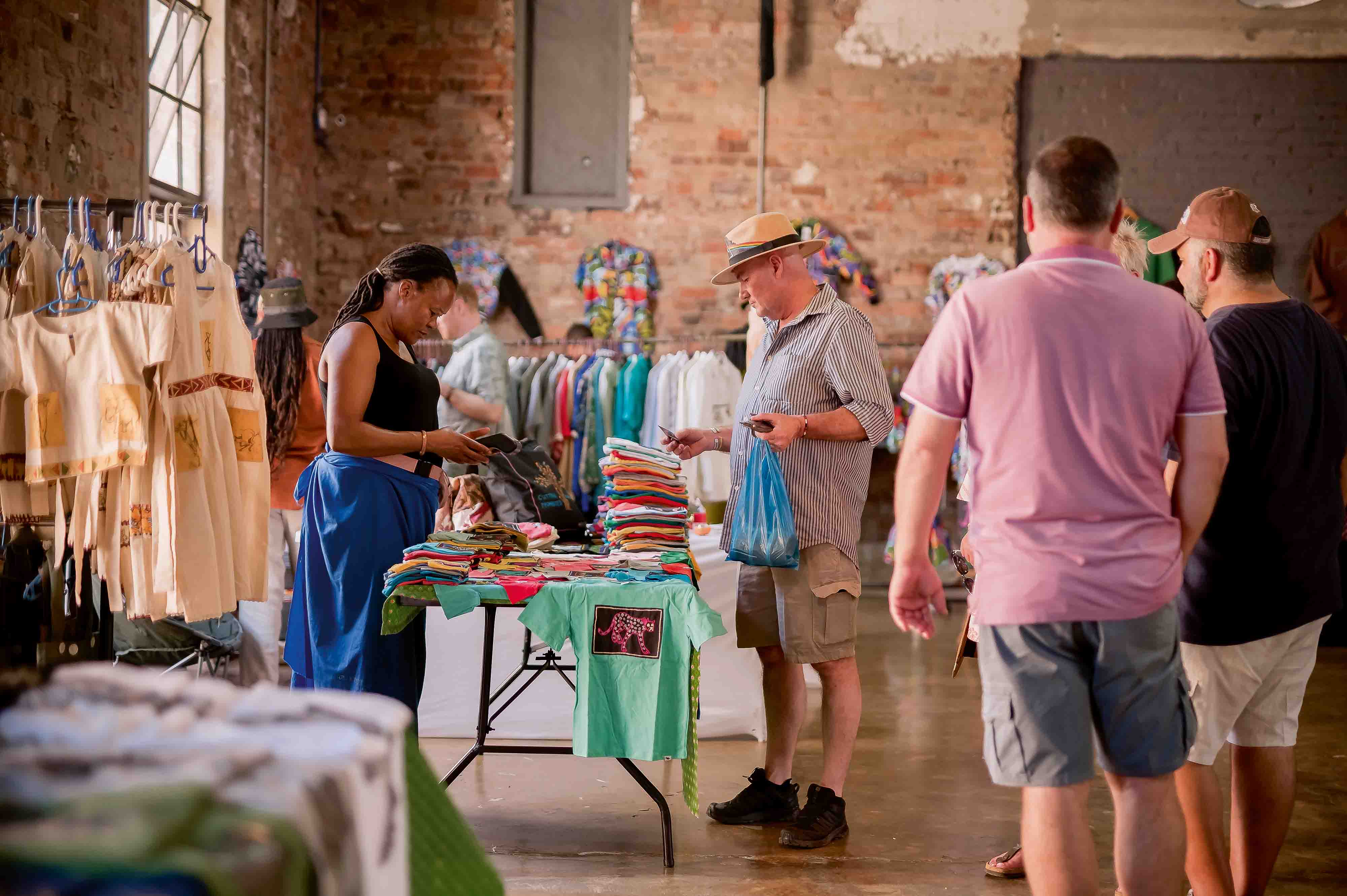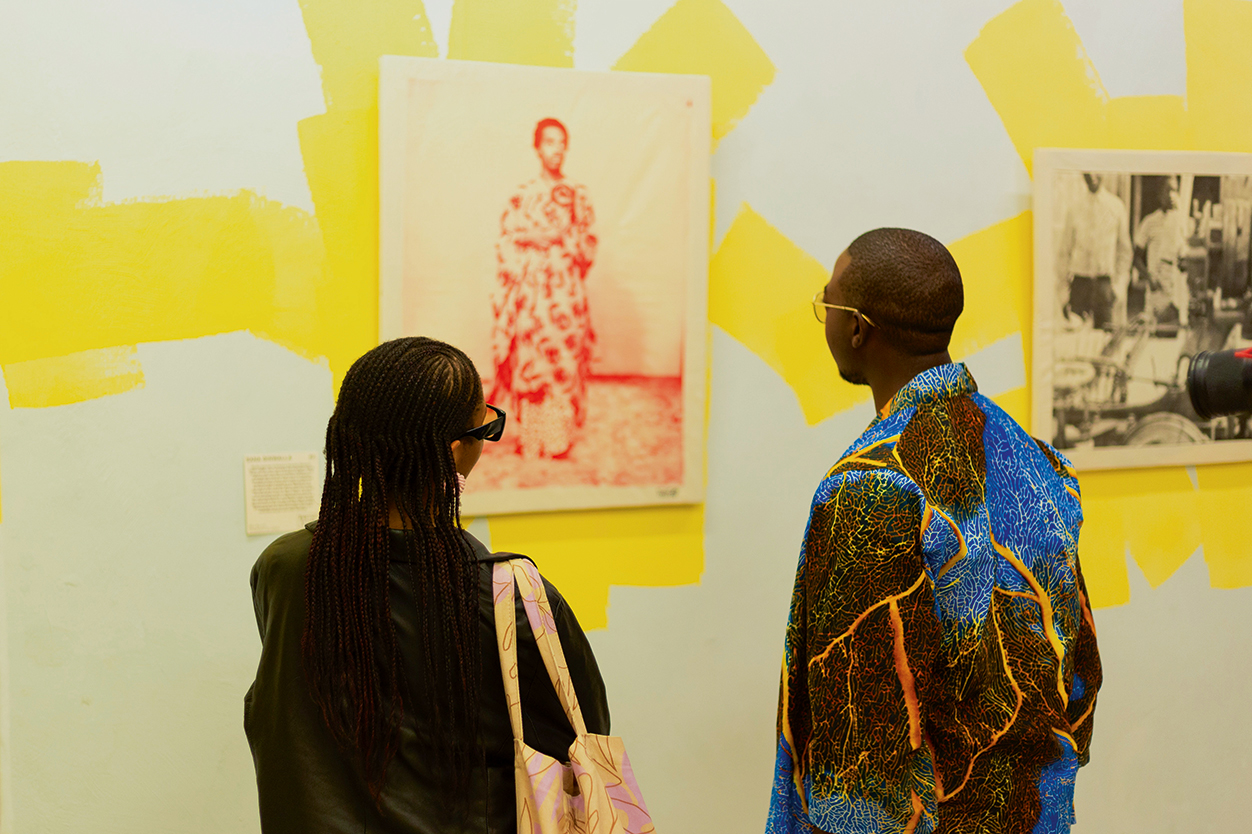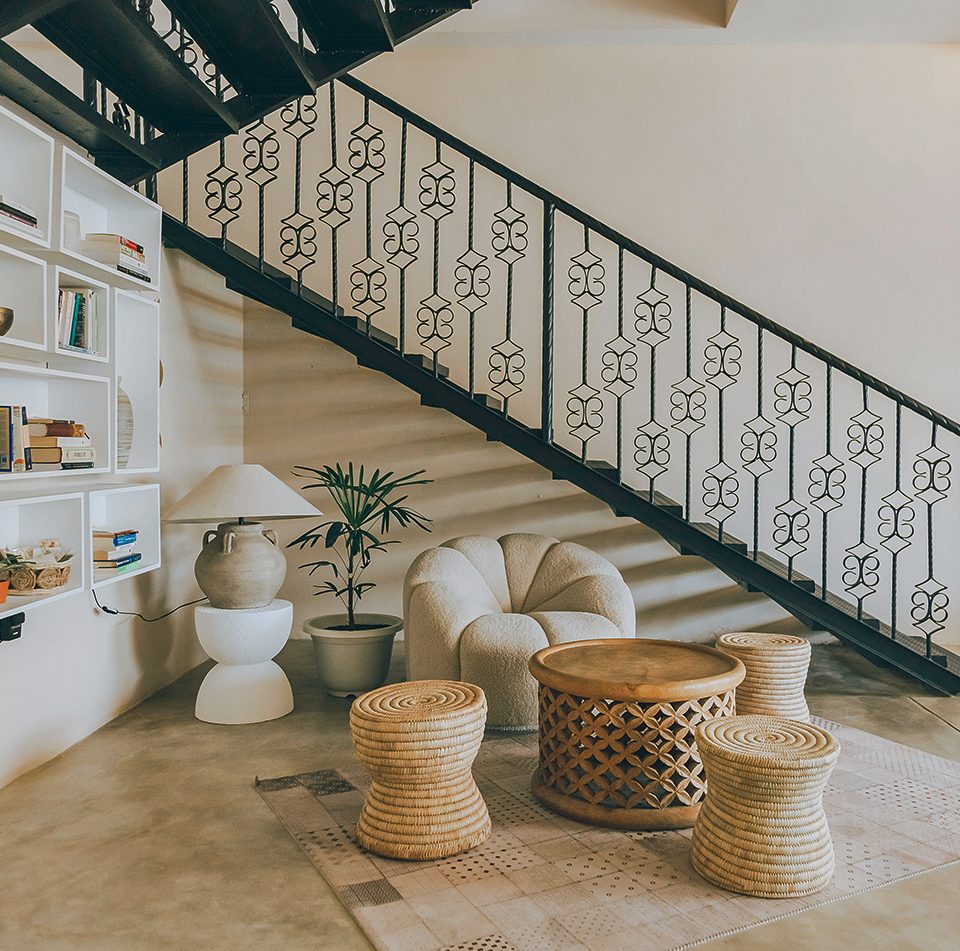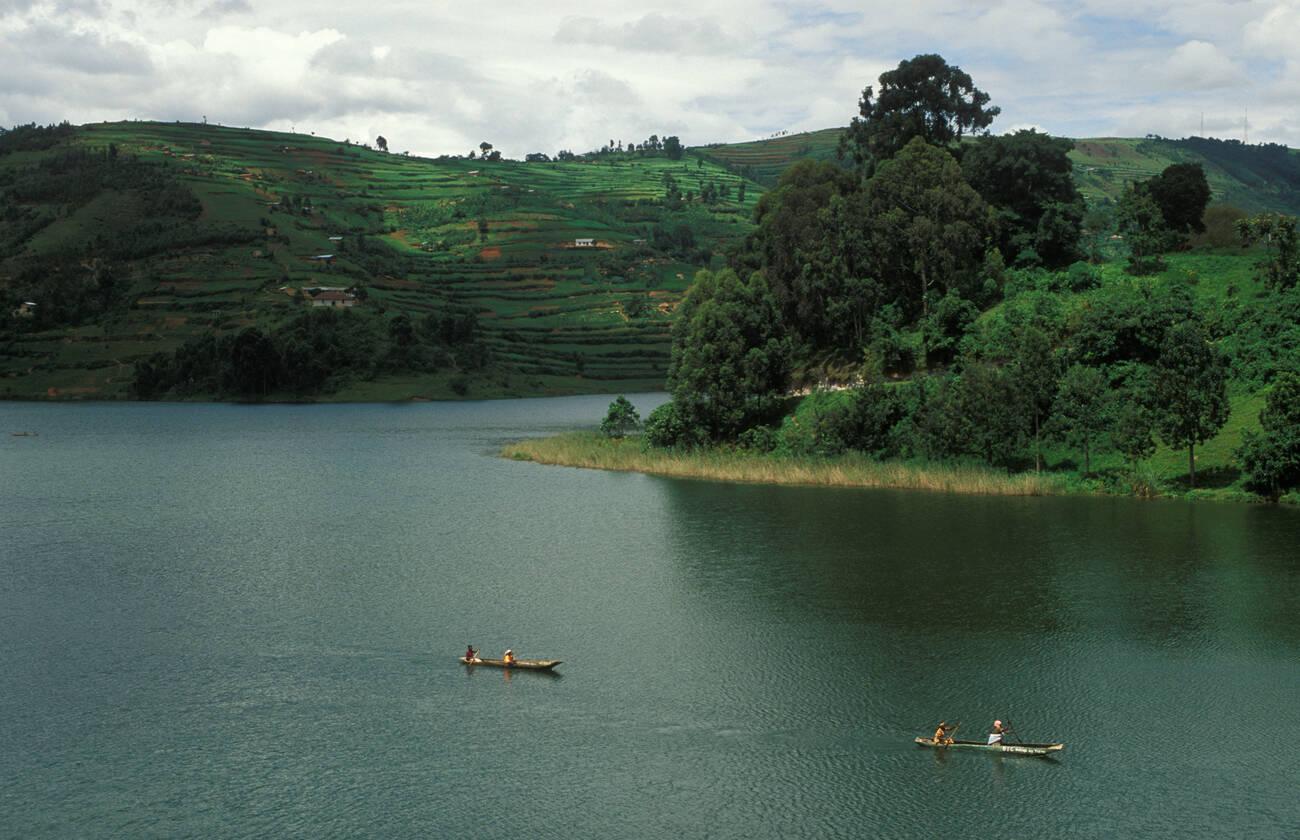People who live in beautiful places become beautiful themselves. This thought often runs through my mind when I encounter beautiful spaces and the people who occupy them. It first occurred to me on the banks of the Kafue River as I watched a fisherman take his afternoon rest in his canoe. The glimmer of the river under the hot sun, the warm, worn wood that curved into his canoe, and the youthful sheen of his skin formed an unbreakable rhythm. In that moment, man and nature were one.
Nature itself is an Art Gallery.
In the contemporary, commercial art gallery, you will encounter curated beauty in its complete form, hanging on sterile white walls, with a muted curator on their spiel or inconspicuously hovering from a distance, waiting to make a commission. But not at The Zeela Art Gallery and Homestead.
Visiting Zeela Art Gallery feels like finally making the time to visit a dear friend. Zeela is secluded on a turn-off from Leopard's Hill Road. Once past security at the main gate, beauty is splayed in wide open spaces in its natural form. Foliage is pruned, guided, and artistically landscaped to showcase the best of nature. Mute stone sculptures bask under the sun, and in the corner of your eye, along the boundary wall, a mural whispers the promise of more art to discover.
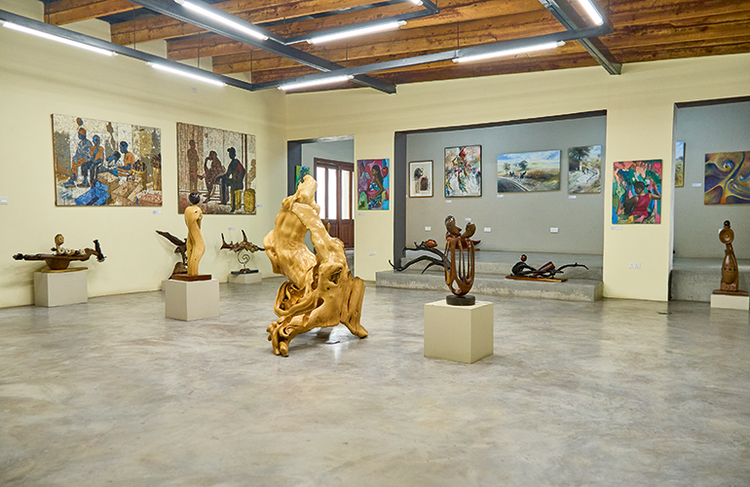
Founded on the principles of nature, culture, art, and God—it is a wonder to see the harmony that the proprietors, Mr. and Mrs. Salasini, have achieved between their family and nature. The couple, who grew up in the village, attribute their gravitation toward nature to their upbringing in a natural environment. Zeela is the shared story of humanity, and culture is a critical influence on architecture. Built in the form of African-Zambian villages, Zeela incorporates traditional spaces such as the insaka, a gathering place where traditional knowledge is shared, as well as the Indigenous Knowledge Centre and an interpretation of the indigenous granary (grain storage).
Zeela is home to a collection of over 400 pieces of art from over 50 Zambian artists, accumulated over 20 years of collecting. There is currently no other place like it. The gallery is experienced in three phases: The Home, The Mural, and The Indigenous Knowledge Centre.
The defining feature of the space is that the Salasini family actually lives there.
"Our collection began with one piece, and our love for art grew. As we collected more pieces, we knew we had to share the art we love so much."
As a labour of love, passion, and creativity, the display uses functional art to create a feeling of harmony—everything is intentional, and nothing is wasted.
The Homestead
The proprietors' own home characterises the home aspect of the gallery. Pristine, polished wooden floors, steel, and stone are juxtaposed with the family's portraits, their children's artwork, and a grand piece showcasing Zambia's 73 tribes and cultures. The children's gallery, once a child's bedroom, has walls covered in paintings, scribbles, and notes left behind by the children who have visited the home, preserving humanity's genesis—the inner child.
When you encounter someone's home, you also discover their beliefs. Each item is hand-selected and exhibited to express forms of shared identity. The kitchen blends the traditional, religious, and culinary aspects of their faith and lifestyle. There is more than enough warmth and laughter. Even the food and juices are made from all Zambian, all-natural ingredients, to share.
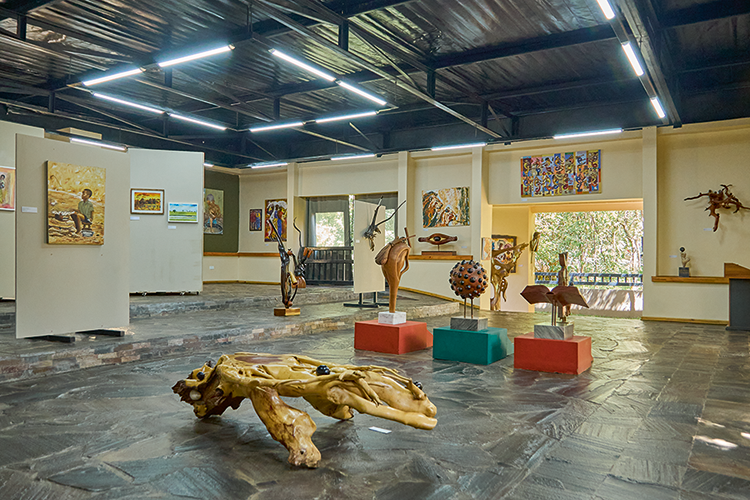
The Mural
Glimpses of the wall mural, caught at the entrance to the estate, extend into 200 metres of art made by Zambian artists using local materials. The mural is a joint effort, with different sections brought to life by some of Zambia's most celebrated artists. The Salasini family are devout Catholics, and the mural brings to life the ministry of Jesus Christ and the 14 Stations of the Cross in a relatable African context. There are many versions of the famous La Pietà statue of Mary holding the body of Jesus: the one on the Zeela grounds is an extension of the sorrowful story Michelangelo began, infusing African identity into the moment of grief. Carved and painted with black skin, curly hair, and faces with a full nose and lips, it reflects Catholic theology's inculturation, where elements of local culture merge with religious practices. All the art in the mural presents the opportunity to see Jesus Christ as a man whose life was remarkable and pain visceral. The interconnection between the art, the artists, and Zeela breaks the barriers of Western depictions and makes the story of faith more real.
The Indigenous Knowledge Centre
Art functions as a form of communication, preservation, and delight. In its expansive collection of Zambian art, Zeela holds stories told across time, cultural shifts, and phases from skilful, prominent, and emerging artists alike. The Salasini family has invested in art they love and believe in, giving local artists a home for their work. All the art has been purchased, and none is for sale—an astounding and admirable feat.
Zeela Art Gallery and Homestead is not just a place to view art; it is a space to connect with the deeper essence of Zambian culture, spirituality, and community. Every visit offers a new perspective, a chance to see beauty from a fresh angle and appreciate the thoughtfulness that permeates every corner of this haven. Whether you are an art enthusiast, a nature lover, or someone seeking tranquillity, Zeela invites you to live where art, faith, and life converge.
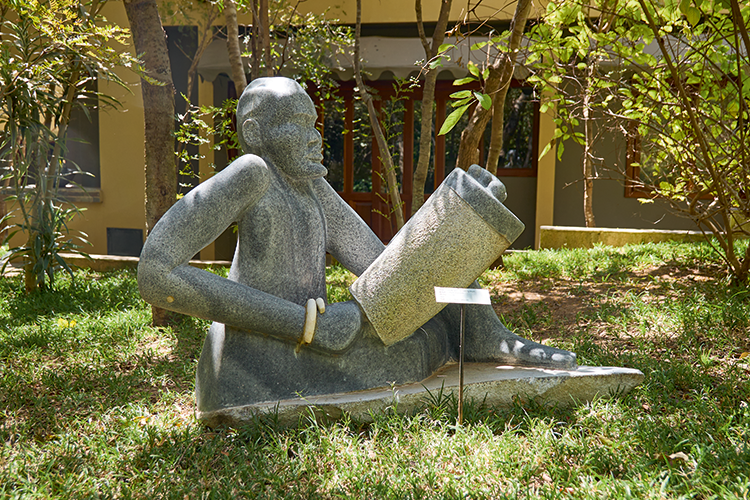
Fast Facts:
- The expansive space has home units where people who share Zeela's values can stay to extend their experience.
- The Indigenous Knowledge Centre has a modern, fully-equipped boardroom under the shade where meetings can be held.
- Zeela means 'a place of tall trees' in Mambwe.
- The gallery is open Wednesday to Saturday, from 9 a.m. to 4 p.m.
Contact Details:
- Phone: +260974566877
- Email: [email protected]

